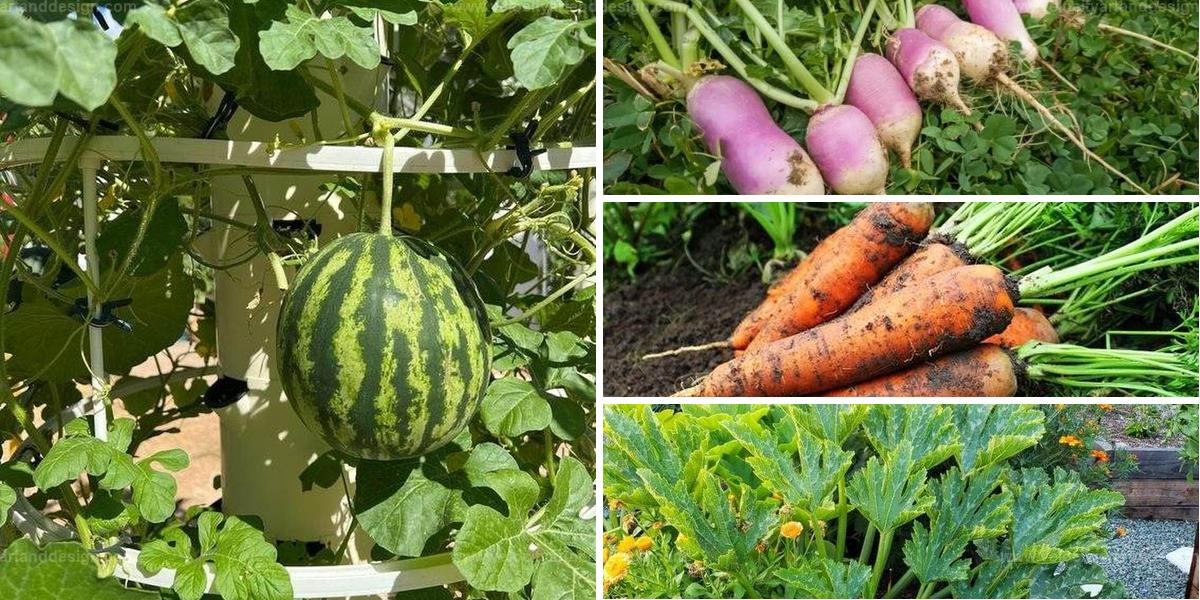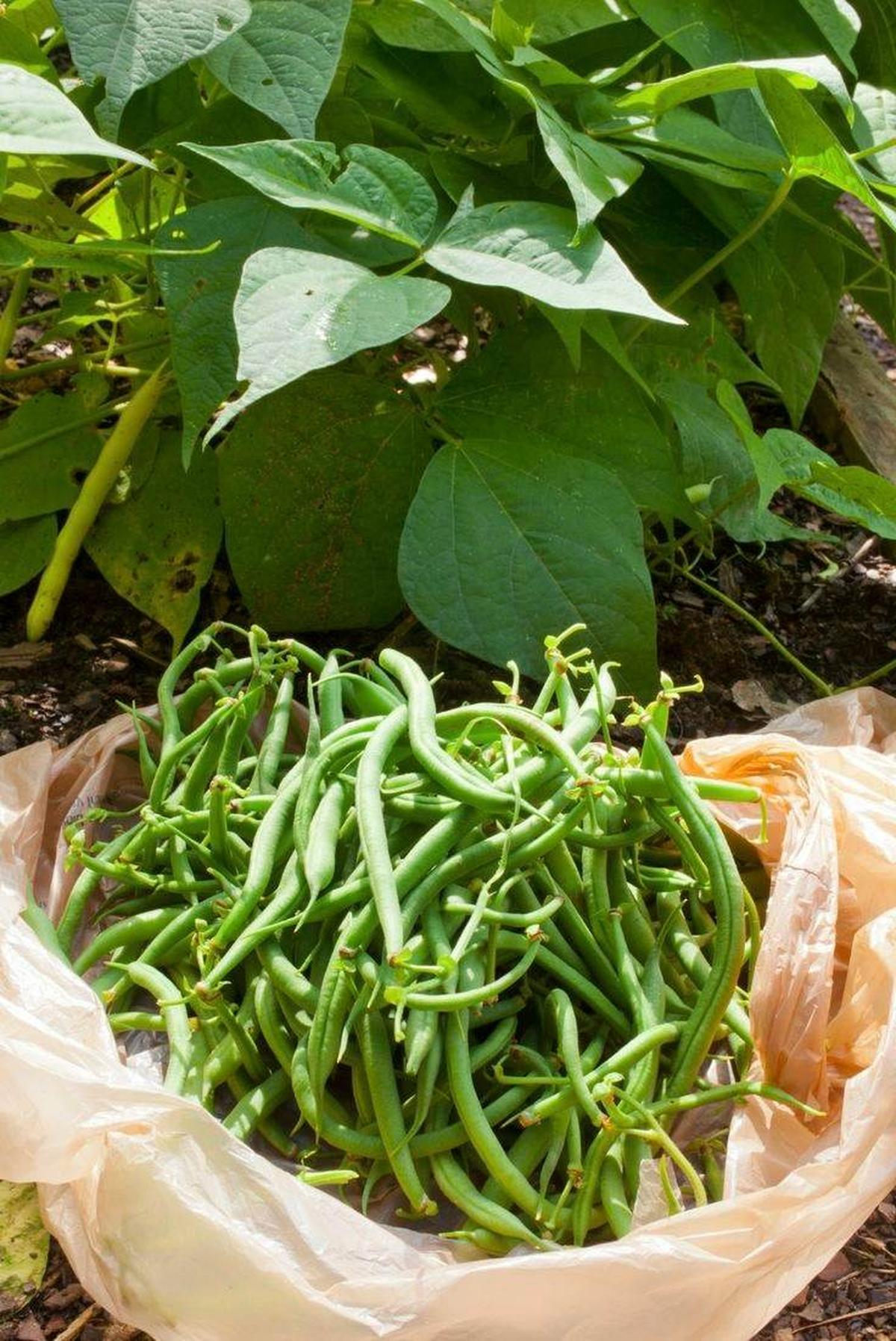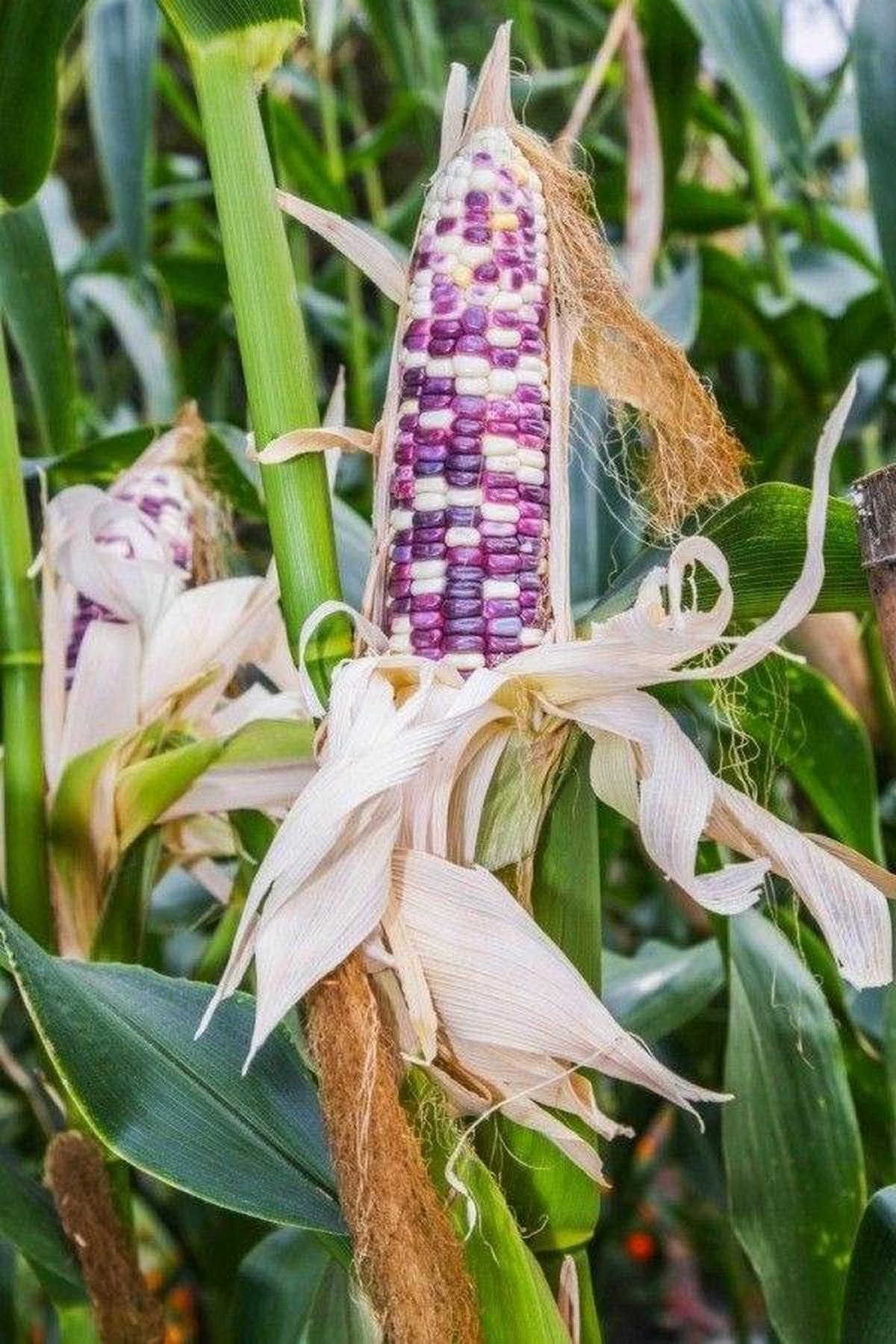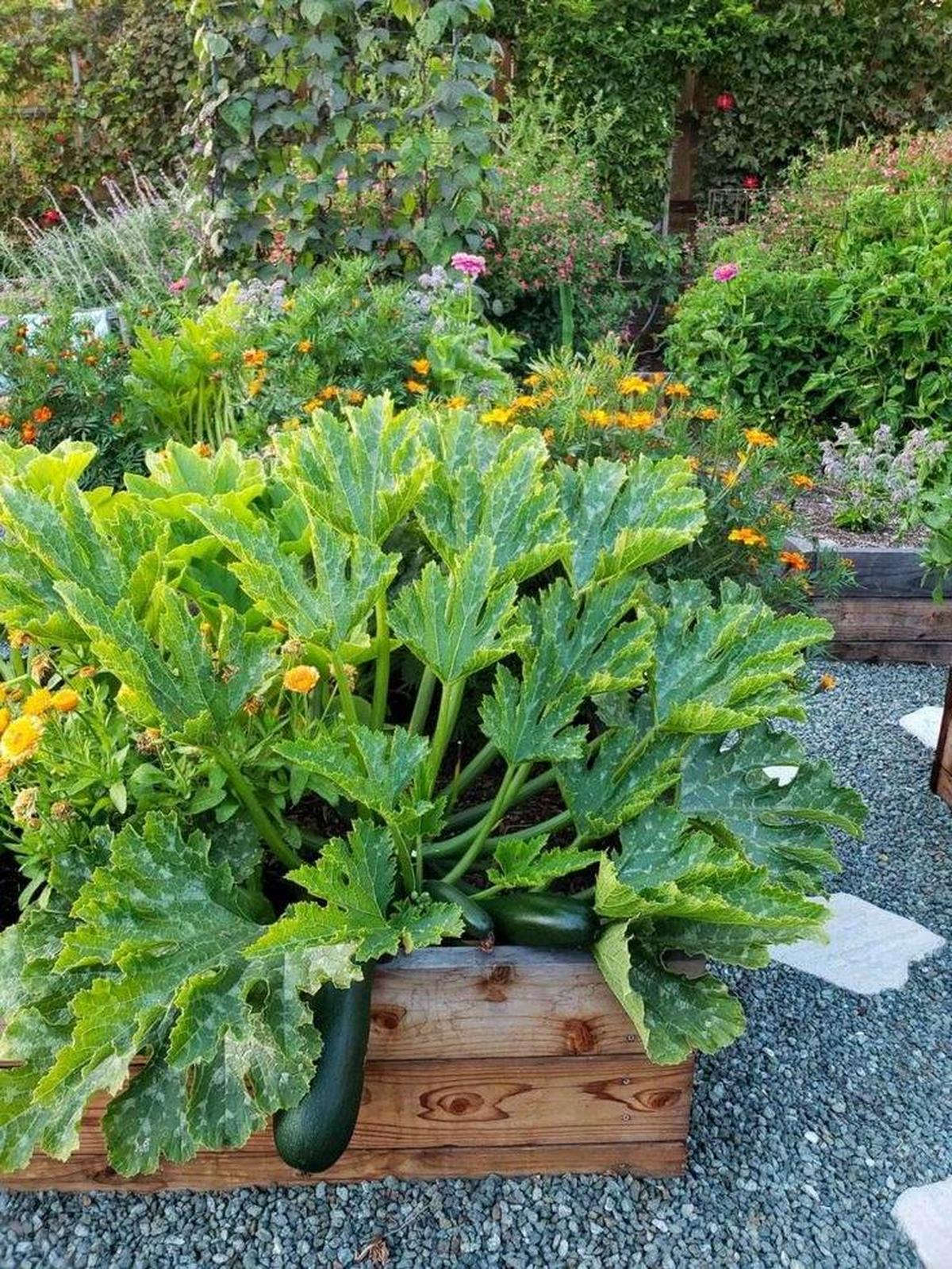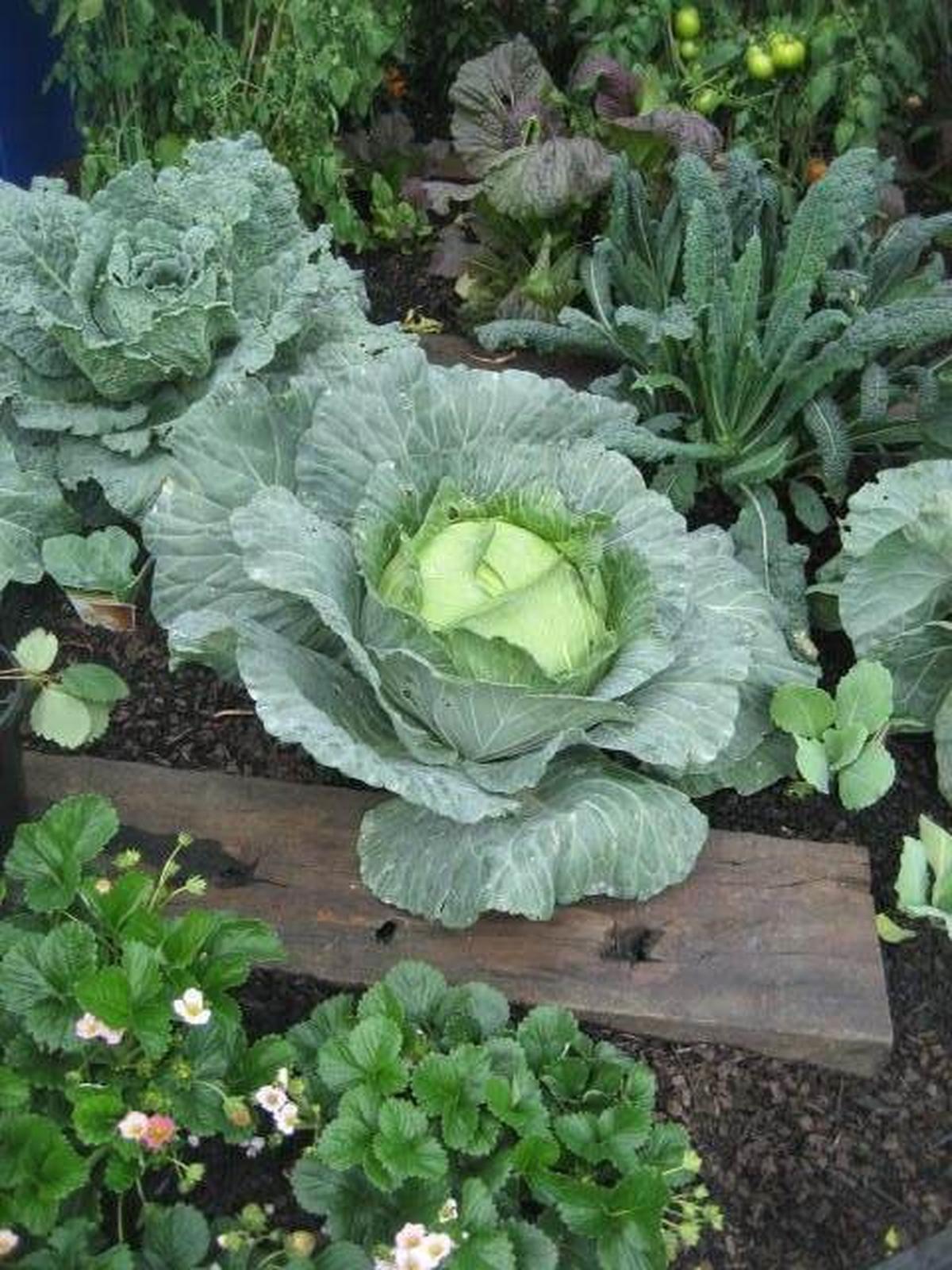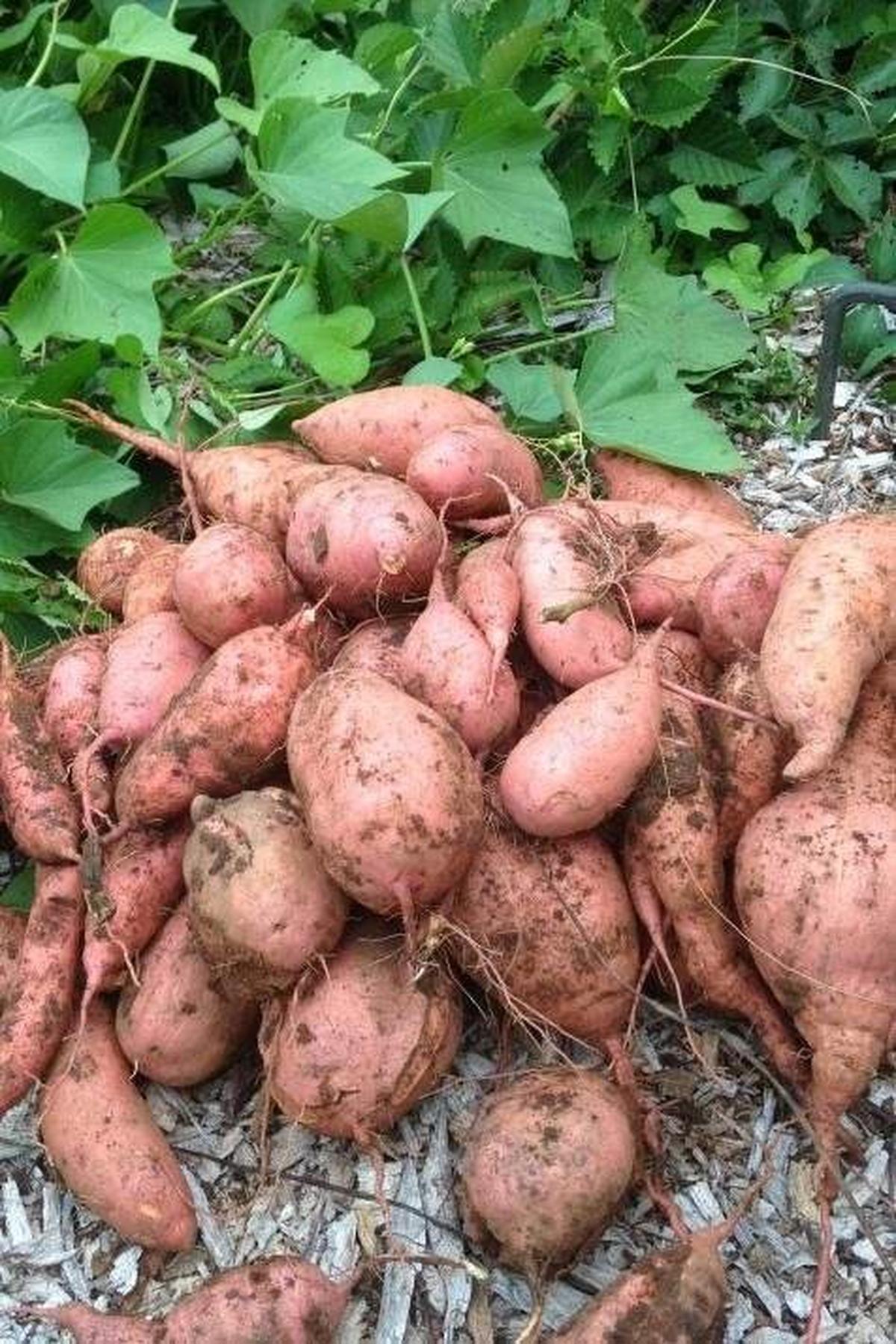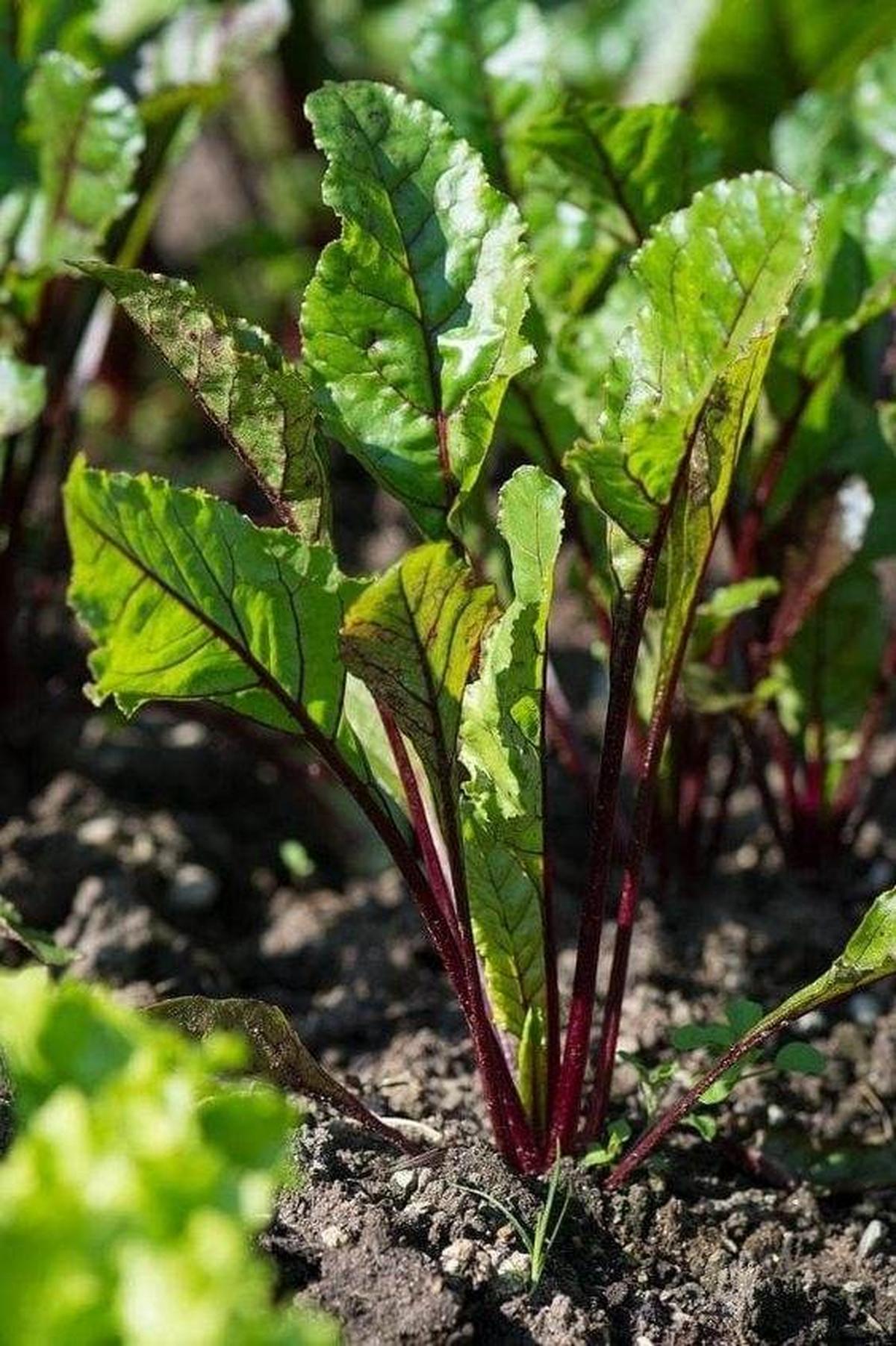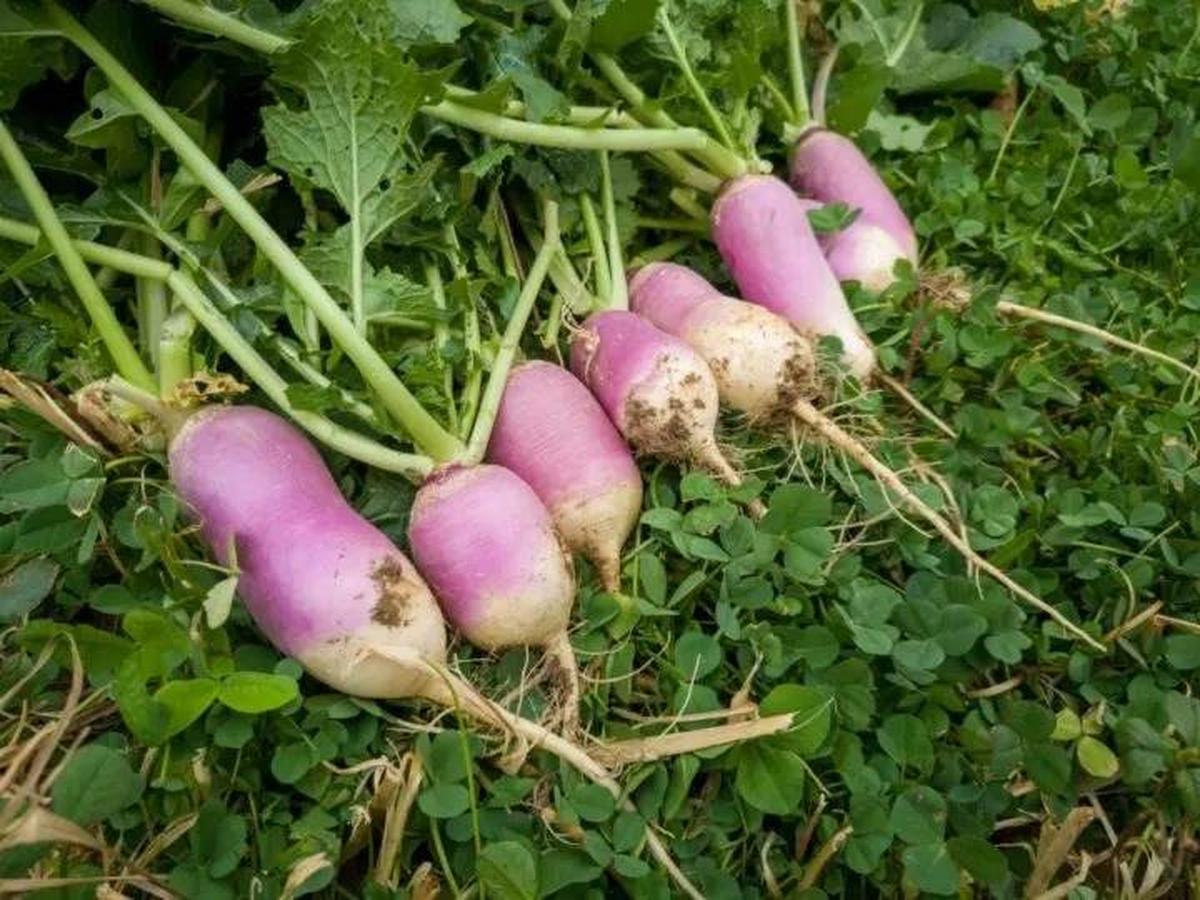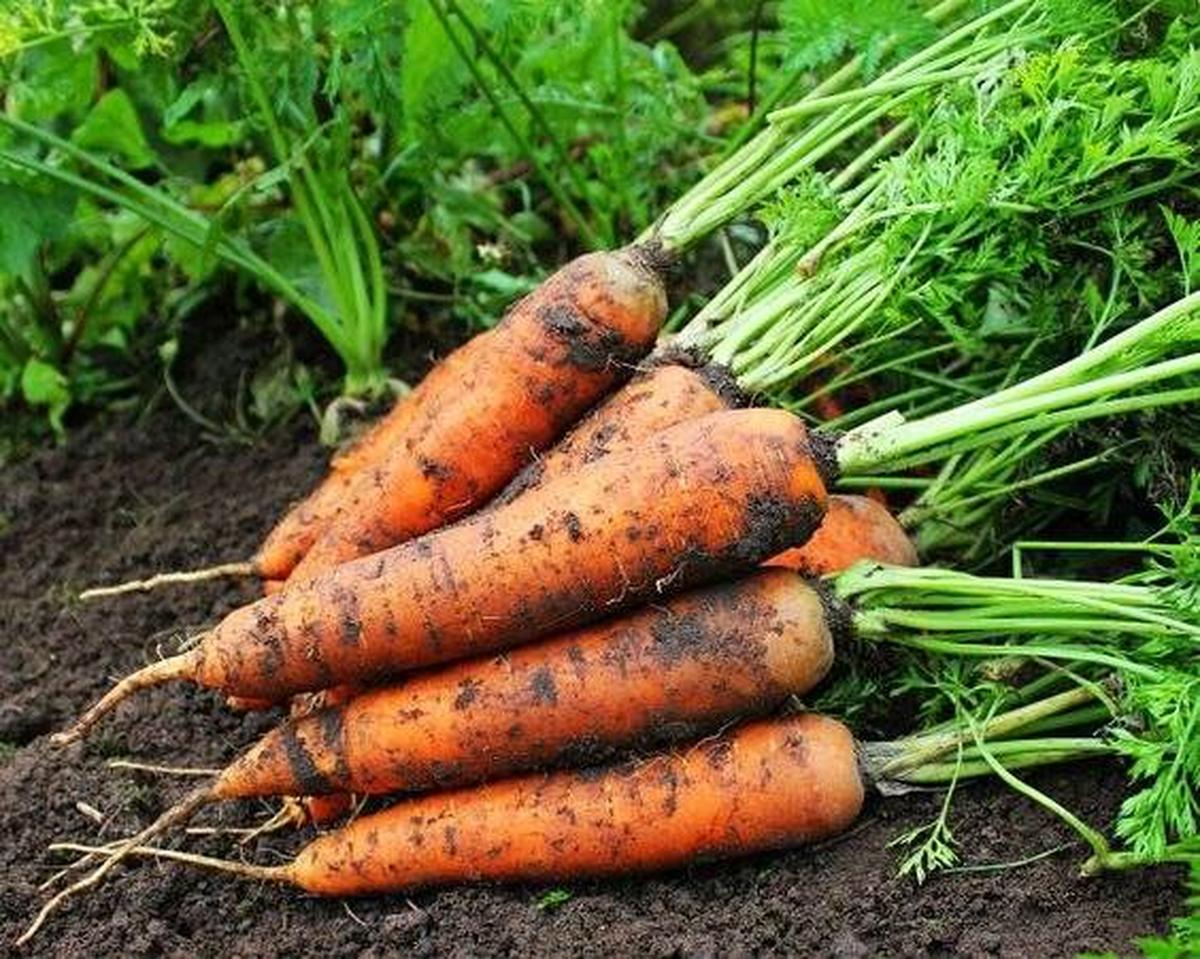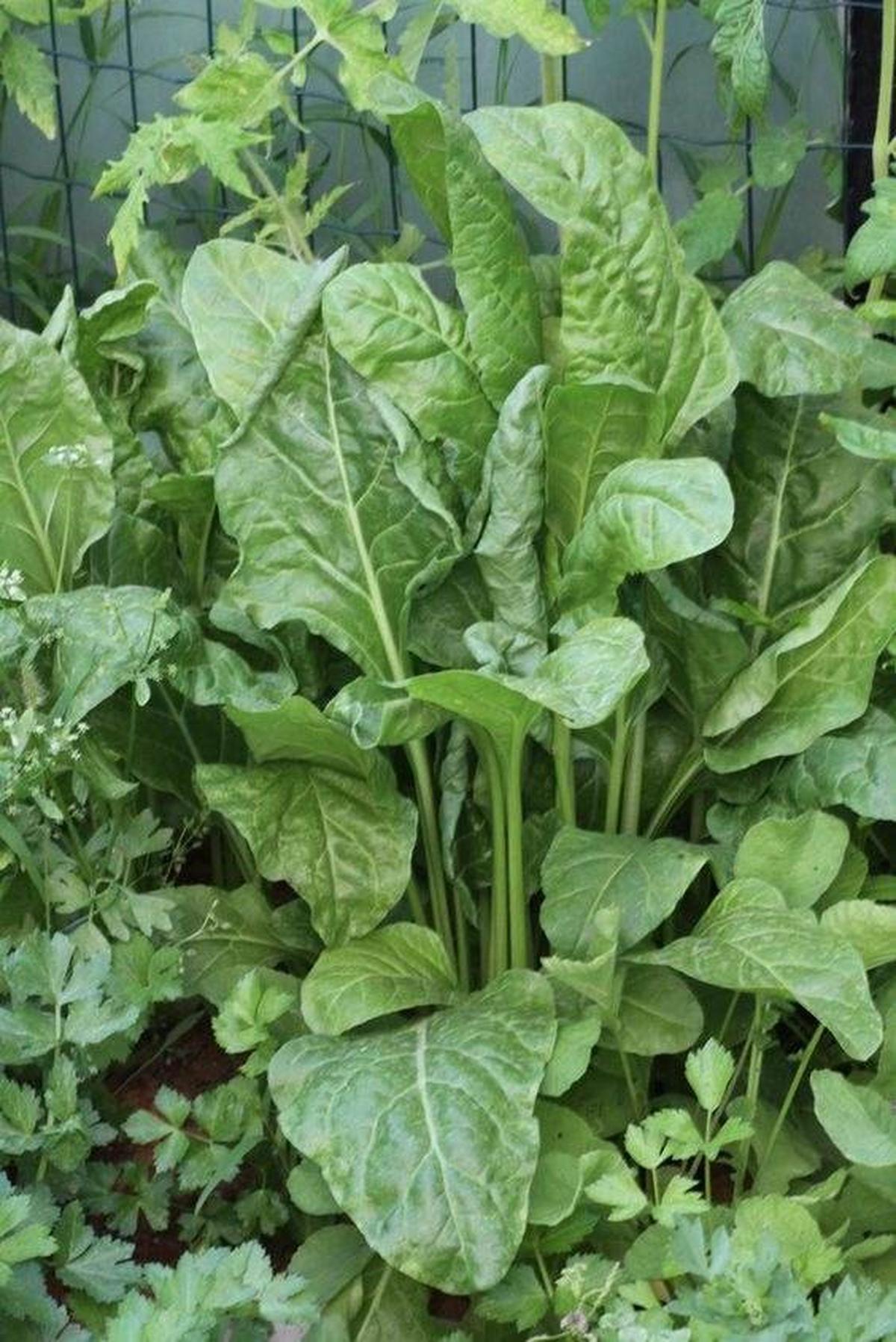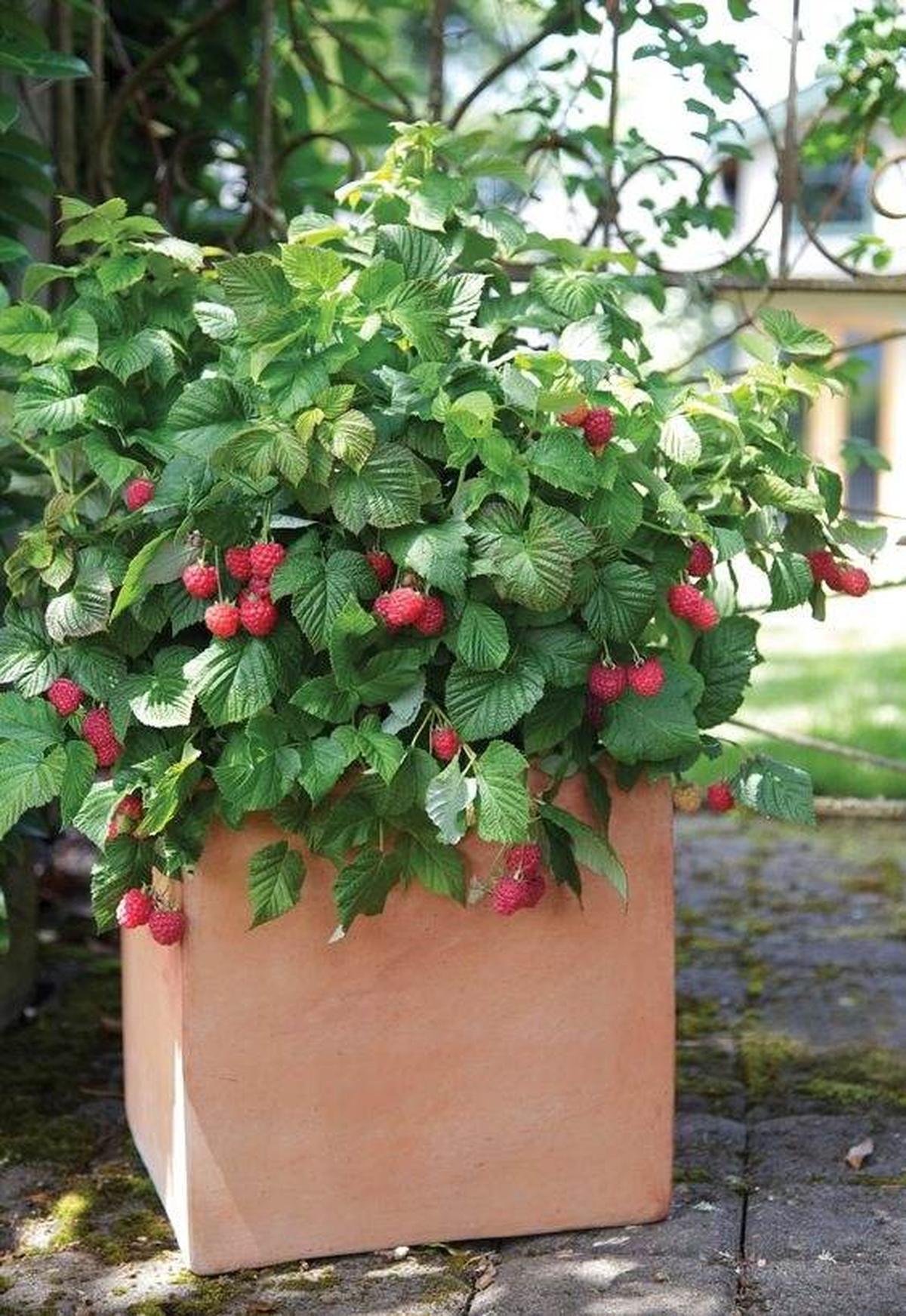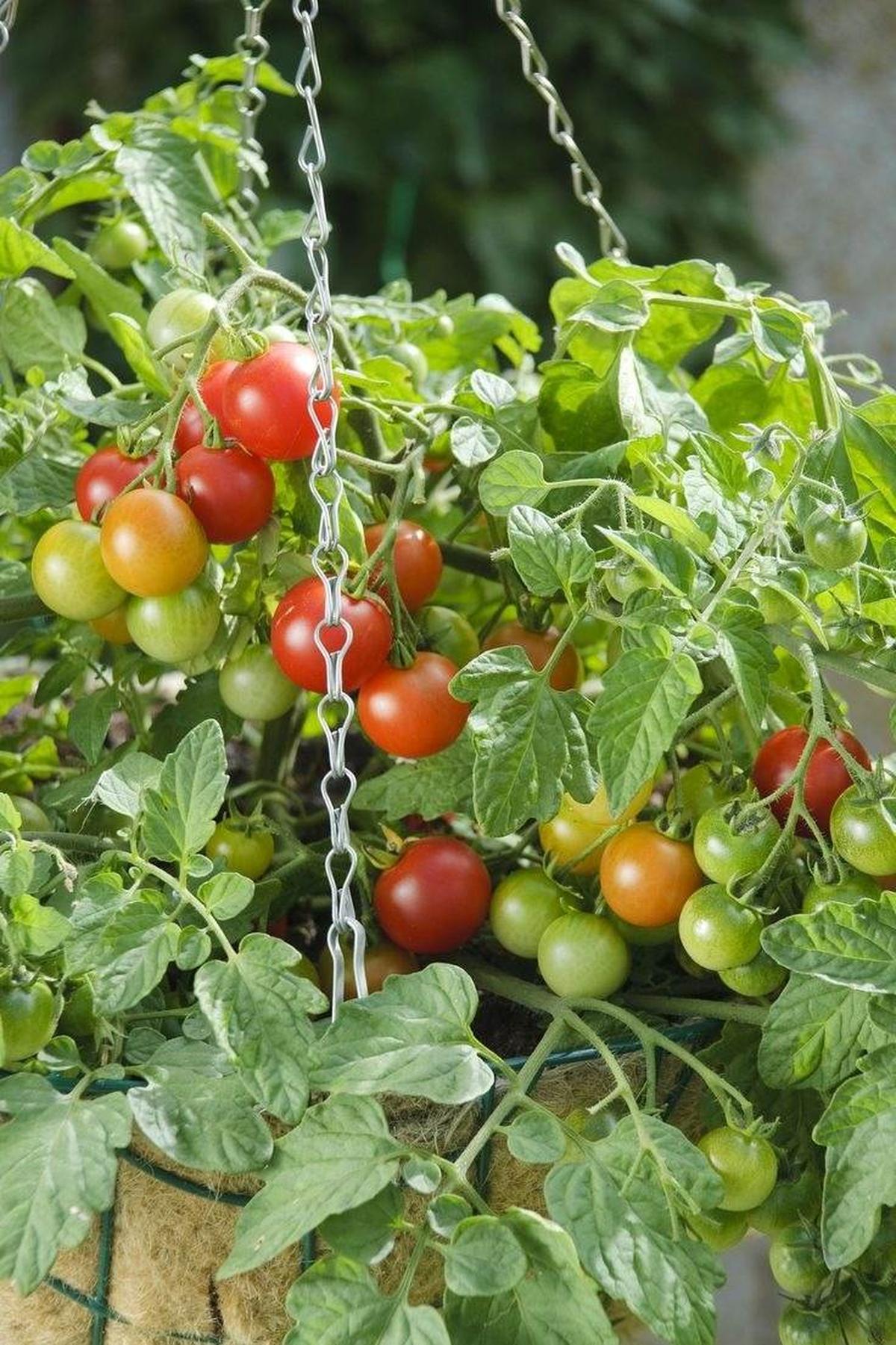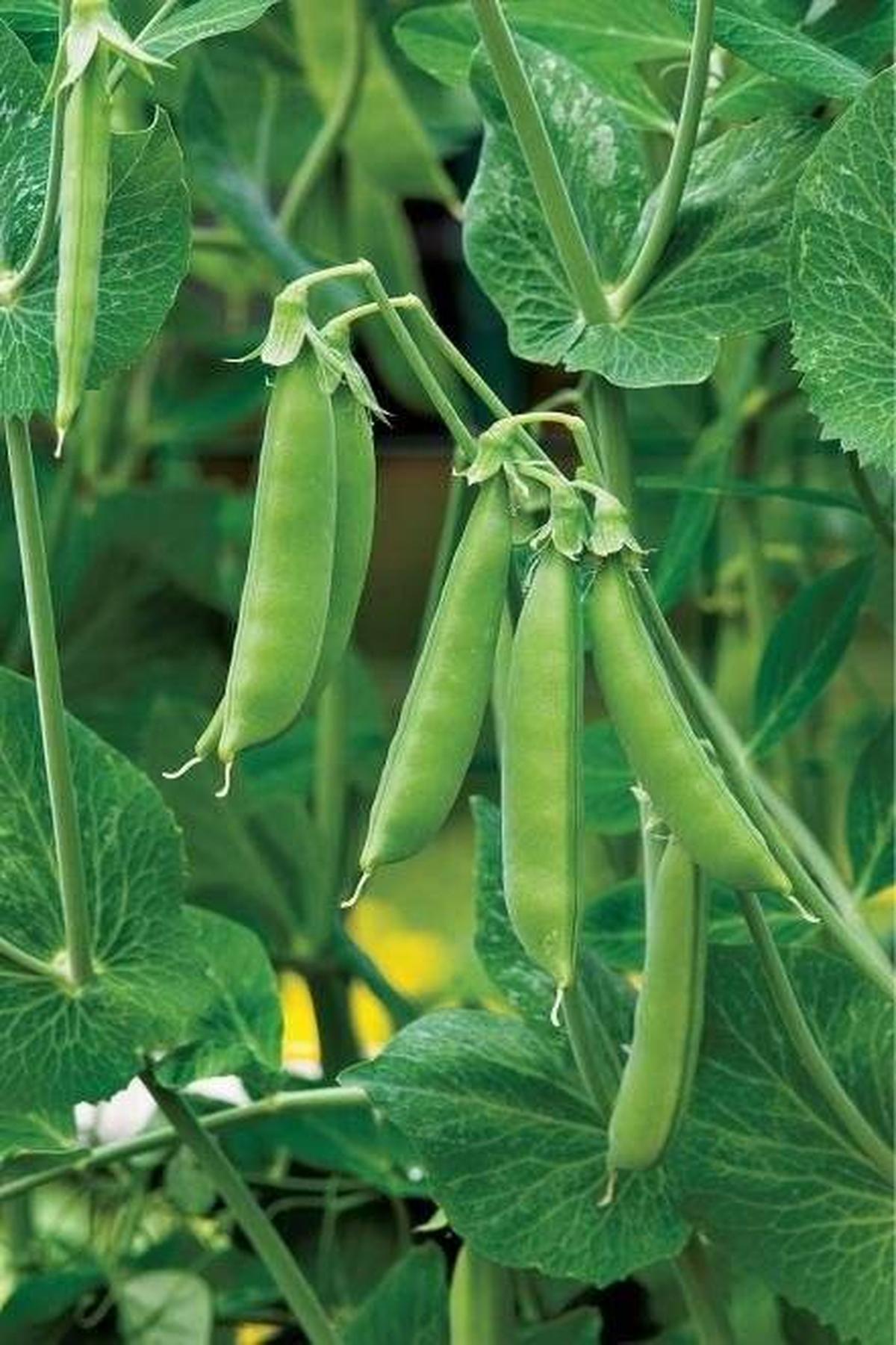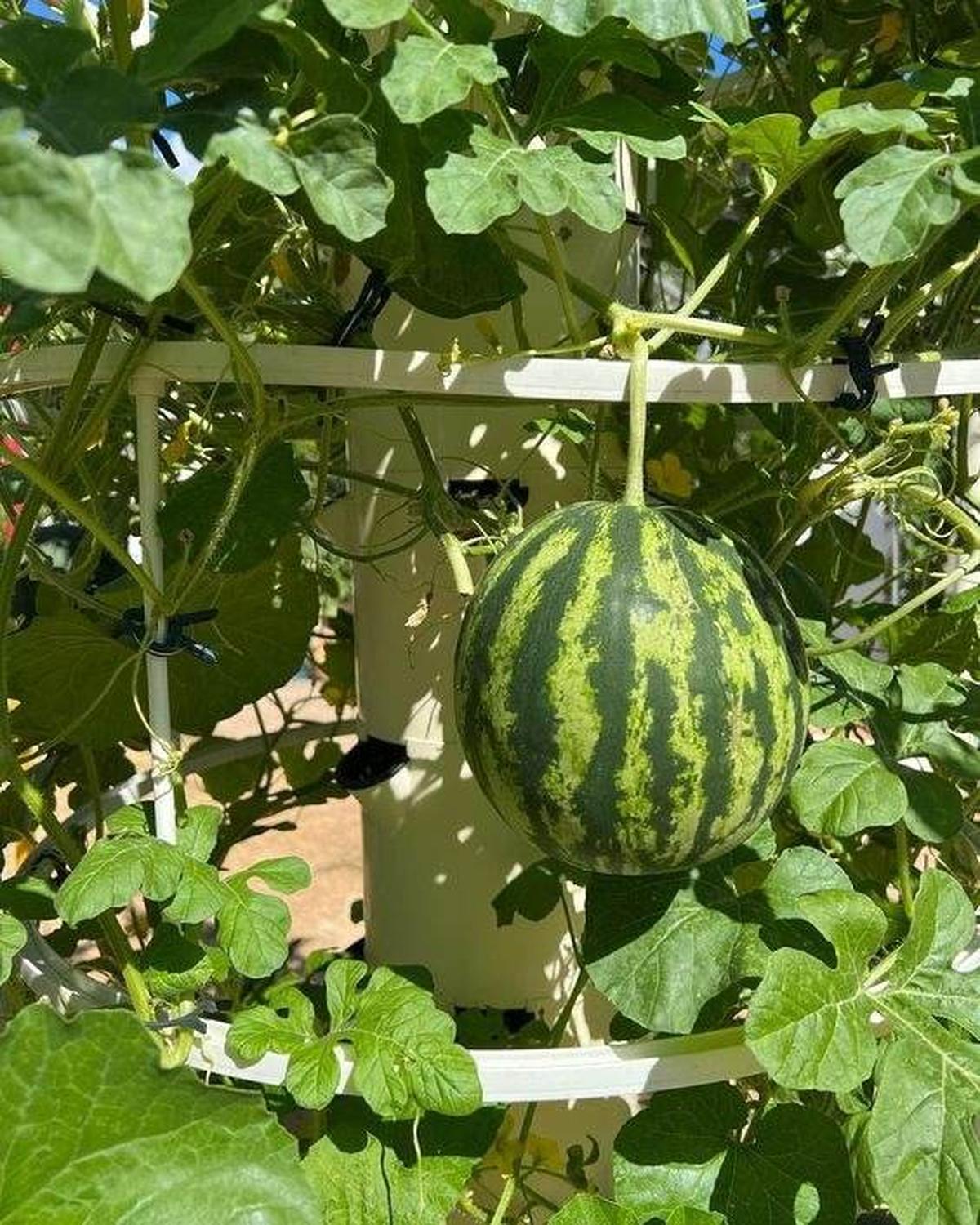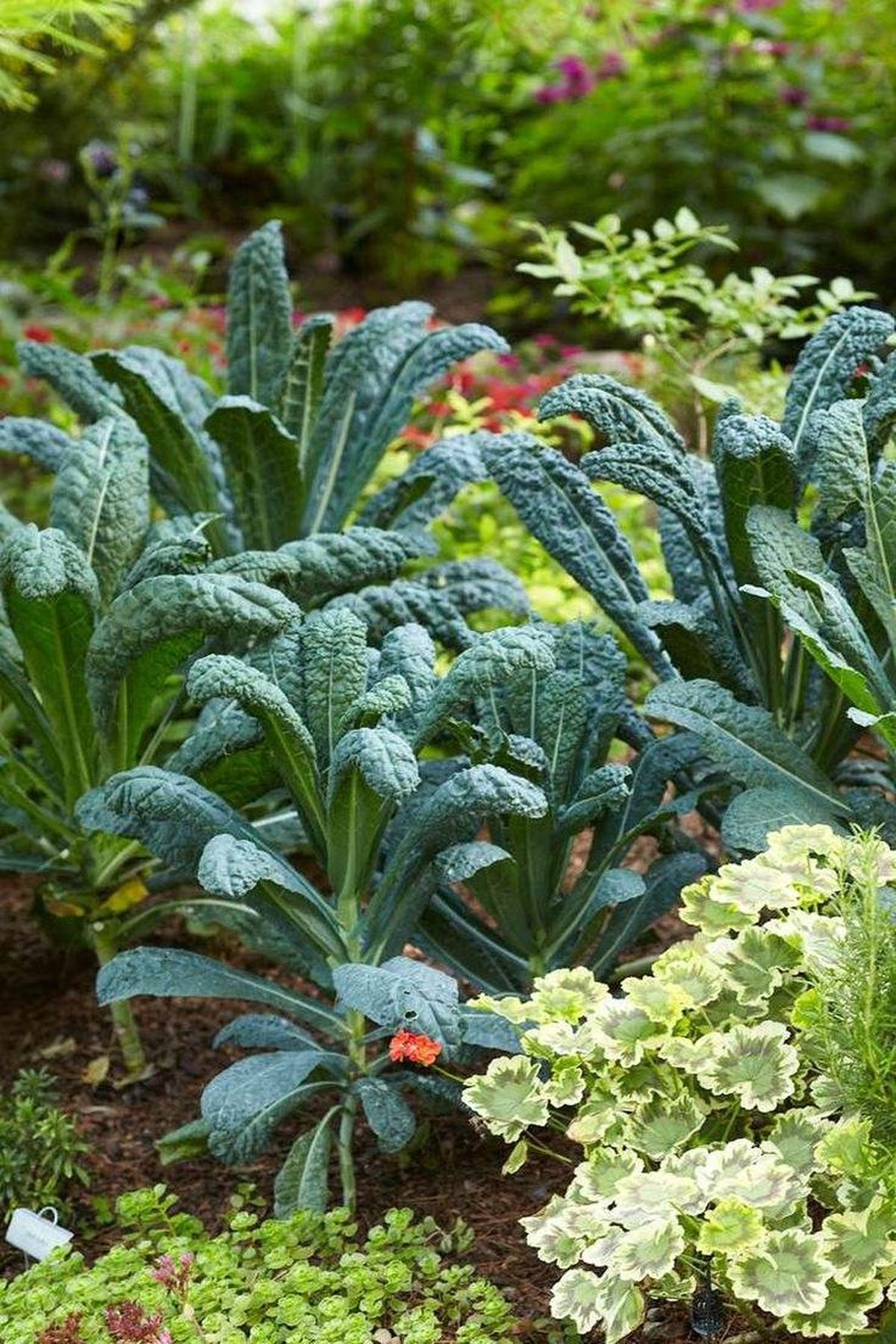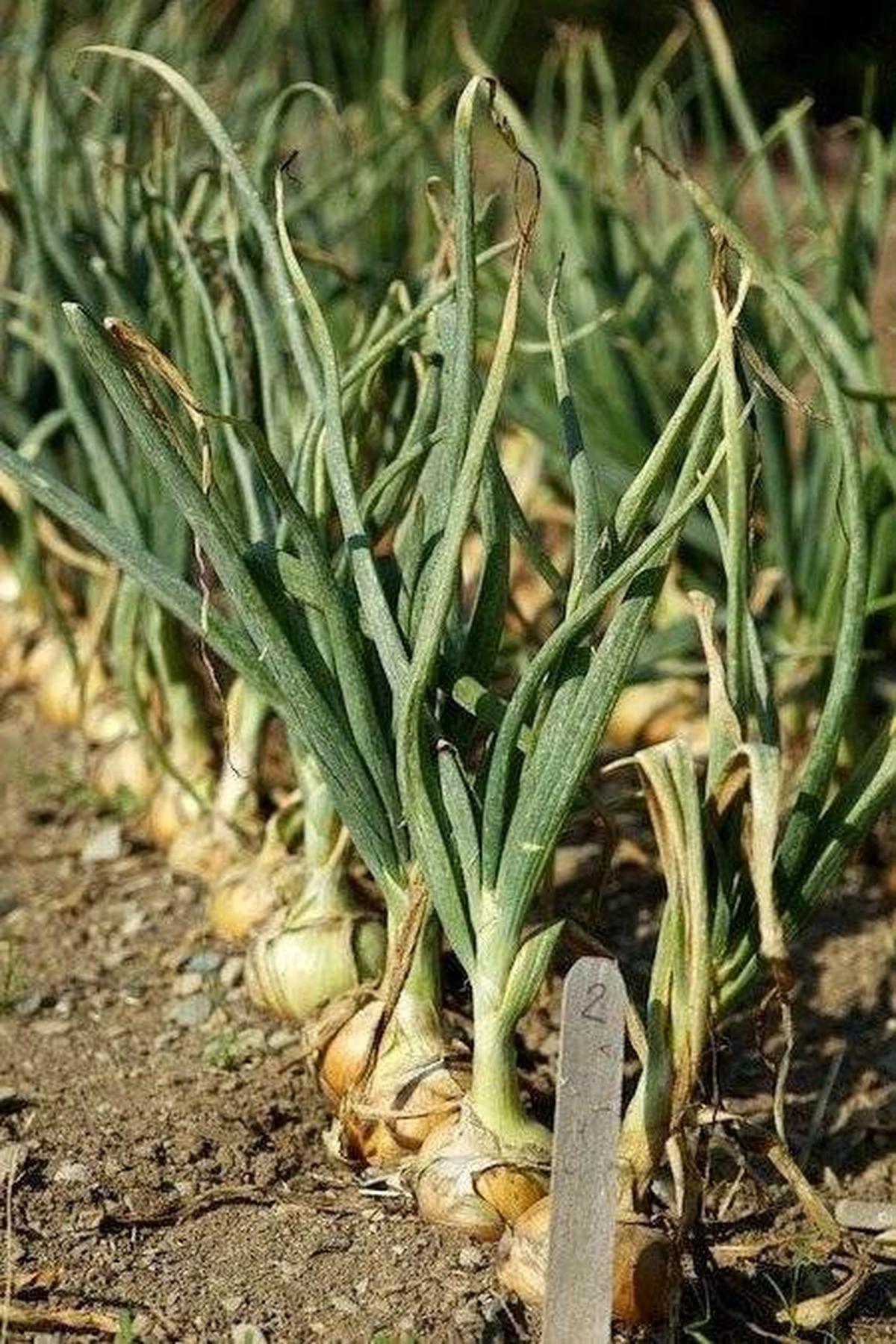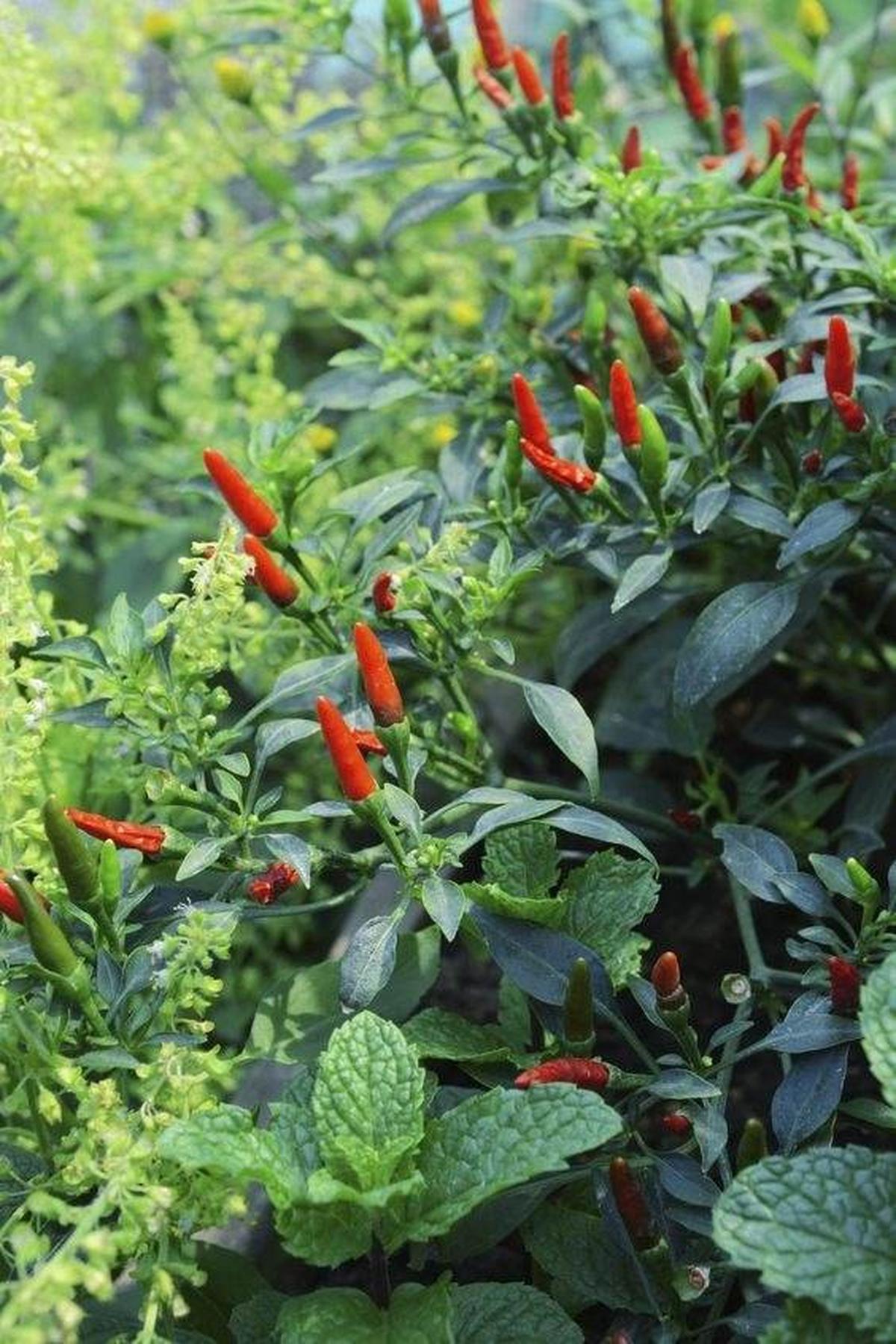16 Emergency Garden Crops to Grow in a Crisis
Certain crops are essential when it comes to ensuring a steady food supply in an emergency garden. These plants are not only resilient but also known for their rapid growth and high yield, making them invaluable.
Their ability to thrive in challenging conditions ensures that even in tough times, a garden can continue to produce. Whether dealing with unpredictable weather or limited resources, these crops will keep providing sustenance.
Planning ahead with these options offers both security and peace of mind. Here are 16 crops that will save the day in your emergency garden.
Beans
Packed with fiber, protein, folate, and iron, they offer substantial nutrition.
You can choose between bush or pole varieties depending on your space.
Bush beans mature in about 50 to 60 days while pole beans take slightly longer at around 60 to 85 days.
Cultivating these plants ensures you have valuable food supplies when needed most.
Corn
When it comes to your emergency garden, corn is a standout choice for versatility. You can enjoy it boiled, grilled, or roasted alongside various dishes or tossed into salads.
Harvesting this crop happens when the kernels feel firm and emit a milky liquid upon being punctured. Including corn in your planting strategy not only adds flavor but also boosts nutrition during critical times.
Its resilience makes it an excellent addition to any survival plan.
Squash
Squash deserves a prime spot in your emergency garden.
Quick-growing summer squash offers immediate food options, making it perfect for urgent needs.
On the other hand, winter squash requires more time to mature but shines with its long storage capabilities when kept intact and undamaged.
This versatility makes both varieties invaluable for any survival plan focused on self-sufficiency and nourishment during challenging times.
Cabbage
Cabbage deserves a spot in your emergency garden due to its impressive nutritional profile. Packed with fiber, this leafy vegetable also delivers essential vitamins B6 and C.
You can enjoy it cooked or fresh in salads and coleslaw for a nutritious boost. Despite its lower calorie count, cabbage supports overall health remarkably well.
Growing it is an excellent choice for those seeking resilience in their food supply during challenging times.
Potatoes
Potatoes hold a significant role in emergency gardening due to their nutritional value and resilience. Cultivating this versatile root vegetable is straightforward, making it accessible even for novice gardeners.
After the plants bloom, it's essential to monitor them closely; harvesting occurs when the leaves start turning yellow. This timing ensures you gather nutrient-rich tubers that can sustain you during tough times.
With their adaptability and ease of growth, potatoes are undoubtedly a wise choice for your survival garden.
Beet
Considering beets can greatly benefit your health. These nutritious greens pack a punch of vitamin C that supports immunity and provide ample iron for overall wellness.
Their adaptability makes them easy to prepare; whether you roast, boil, steam or toss them in salads, they fit seamlessly into various dishes. Including this hearty crop not only boosts nutrition but also enhances the variety in your garden's yield.
Cultivating beets ensures you have a reliable food source during challenging times.
Turnips
In your emergency garden, turnips emerge as a valuable asset. With minimal calories, they pack a punch of vitamins C and K while offering a solid dose of fiber.
Their versatility shines through as you can harvest them during spring, summer, or even late fall. These resilient vegetables adapt to various climates and soil types easily.
Incorporating turnips into your planting plan ensures you have nutritious options available throughout the growing season.
Carrots
Incorporating carrots into your emergency garden is a smart move. Their sweet, crunchy texture enhances various dishes while also serving as a nutritious snack.
Packed with beta-carotene and vitamins A and K, these vibrant roots offer essential health benefits. Additionally, their fiber content aids digestion, making them an excellent choice for any meal plan.
By growing carrots, you’re not just adding flavor but also boosting your overall well-being during challenging times.
Spinach
When space is limited, selecting fast-growing plants can be a game-changer for your emergency garden. Spinach emerges as an excellent choice due to its rapid growth cycle, typically maturing in just over a month.
This leafy green thrives under various weather conditions and provides essential nutrients that support health. With minimal effort required, you can enjoy fresh spinach right from your own backyard without needing extensive gardening skills.
Making this smart selection ensures you'll have greens ready when needed most.
Berries
Berries play a crucial role in an emergency garden, offering more than just sweetness. These fruits not only satisfy your cravings for desserts but also pack a punch of essential vitamins and minerals.
Their vibrant colors indicate the presence of antioxidants, which can boost your health during challenging times. Growing berries is relatively straightforward, making them accessible even for novice gardeners.
Incorporating these nutrient-rich gems into your garden will ensure you have both delicious treats and nutritional support when needed most.
Tomatoes
Tomatoes rank high on the list of essential crops for any emergency garden. Their versatility shines through as they enhance a wide array of dishes, from hearty soups to tangy sauces.
Growing these plants is straightforward; they thrive when allowed to mature right on the vine. Whether enjoyed fresh or canned for future use, their rich flavor makes them an indispensable addition to your survival plan.
Incorporating tomatoes into your gardening efforts not only boosts your food supply but also enriches meals during challenging times.
Peas
When planning your emergency garden, peas are a fantastic addition. They thrive in various conditions and provide nutritious options like shelling and edible-podded varieties.
Snow peas or sugar snap peas can be harvested fresh or frozen, ensuring you have that delightful crunch ready for stir-fries and salads throughout the year. Their versatility makes them a wise choice for any gardener looking to stock up on essentials efficiently.
Enjoy the ease of growing these vibrant plants while enhancing your meals with their natural sweetness.
Melon
One standout option is melon, synonymous with the essence of summer, offering a refreshing taste and abundant yield from late spring through early autumn.
Observing your plants as they grow will provide insights into their performance; this knowledge allows for better decisions in future seasons.
Feel free to share your experiences regarding plant success or obstacles faced along the way, enriching our gardening community together.
Your input can help others learn and adapt while cultivating their own gardens effectively.
Kale
Kale shines as a resilient choice for your emergency garden, thriving in various conditions throughout the year. Its ability to endure frigid temperatures is impressive, often improving its flavor after exposure to frost.
During hot summer months, this leafy green may develop a stronger taste unless you maintain consistent watering. When planning your garden, consider incorporating kale for its hardiness and versatility; it’s sure to be an asset when other crops struggle.
You can enjoy nutritious meals while ensuring sustainability in challenging times with this remarkable plant at hand.
Onions
Onions play a crucial role in enhancing the taste of countless meals. Their growth is straightforward, and you can plant them from sets for an abundant harvest throughout the year.
This versatile vegetable thrives in various conditions, making it a valuable addition to any emergency garden. By incorporating onions into your planting plan, you'll ensure that flavorful dishes are always within reach when needed most.
Cultivating this staple offers not only culinary benefits but also resilience during challenging times.
Pepper
When planning your emergency garden, peppers emerge as a versatile choice. Their vibrant colors not only brighten meals but also enhance the taste of salads and various cooked dishes.
You can preserve them easily by freezing or transforming them into chili powder for long-term use. These adaptable plants thrive in many conditions, making them a reliable addition to any backyard setup.
Enjoying homegrown peppers ensures you have fresh flavors at hand when needed most.

